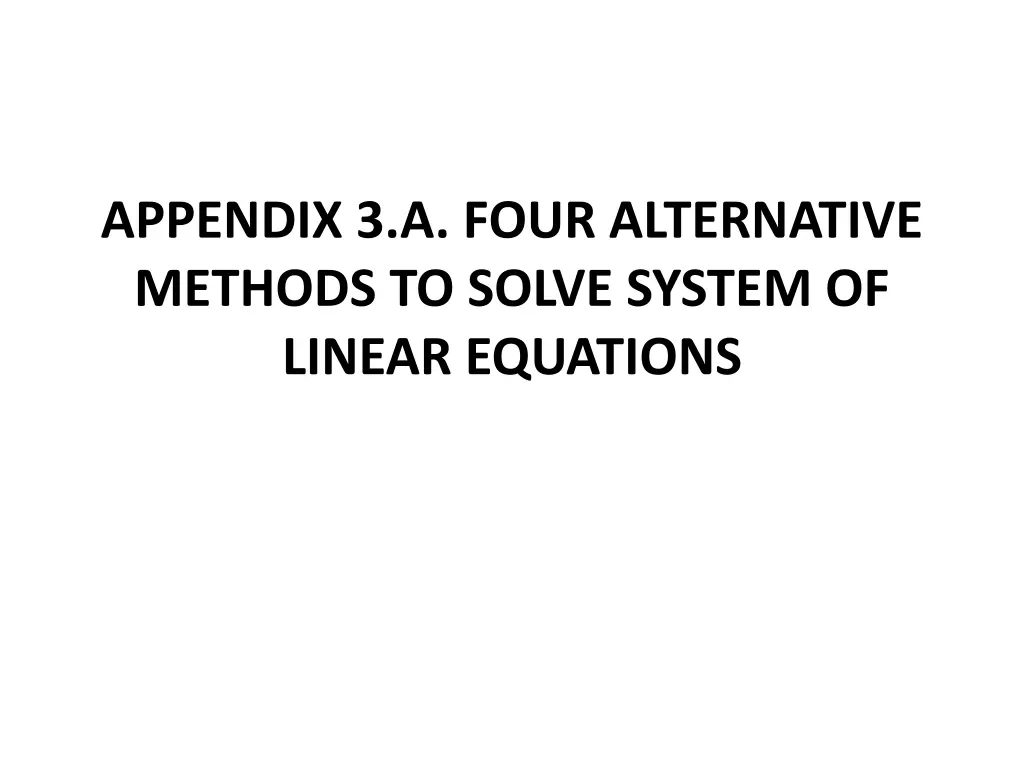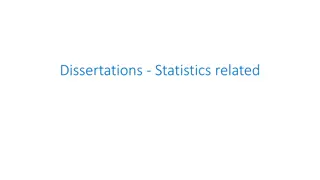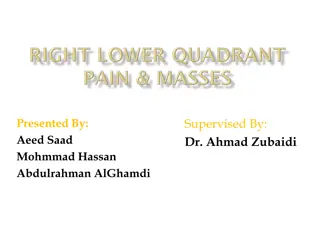
Alternative Methods to Solve Linear Equations
Explore four different methods for solving systems of linear equations, including substitution methods and Cramer's rule. Learn how to eliminate variables, use matrices, and determine values using determinants in this comprehensive guide. Examples and visual representations help grasp the techniques effectively.
Download Presentation

Please find below an Image/Link to download the presentation.
The content on the website is provided AS IS for your information and personal use only. It may not be sold, licensed, or shared on other websites without obtaining consent from the author. If you encounter any issues during the download, it is possible that the publisher has removed the file from their server.
You are allowed to download the files provided on this website for personal or commercial use, subject to the condition that they are used lawfully. All files are the property of their respective owners.
The content on the website is provided AS IS for your information and personal use only. It may not be sold, licensed, or shared on other websites without obtaining consent from the author.
E N D
Presentation Transcript
APPENDIX 3.A. FOUR ALTERNATIVE METHODS TO SOLVE SYSTEM OF LINEAR EQUATIONS
Method 1: Substitution methods (Reference: Wikipedia) The simplest method for solving a system of linear equations is to repeatedly eliminate variables. This method can be described as follows: 1.In the first equation, solve for one of the variables in terms of the others. 2.Substitute this expression into the remaining equations. This yields a system of equations with one fewer equation and one fewer unknown. 3.Continue until you have reduced the system to a single linear equation. 4.Solve this equation and then back-substitute until the entire solution is found.
For example, consider the following system: (3.A.1) Solving the first equation for x gives x = 5 + 2z 3y, and plugging this into the second and third equation yields (3.A.2)
Solving the first of these equations for y yields y = 2 + 3z, and plugging this into the second equation yields z = 2. We now have: (3.A.3) Substituting z = 2 into the second equation gives y = 8, and substituting z = 2 and y = 8 into the first equation yields x = 15. Therefore, the solution set is the single point (x, y, z) = ( 15, 8, 2).
Method 2: Cramers rule Explicit formulas for small systems (Reference: Wikipedia) Consider the linear system (3.A.4) which in matrix format is (3.A.5)
Assume a1b2 b1a2nonzero. Then, x and y can be found with Cramer's rule as (3.A.6) and (3.A.7)
The rules for 33 matrices are similar. Given (3.C.8) which in matrix format is (3.A.8)
Then the values of x, y and z can be found as follows: (3.A.9) And then you need to use determinant calculation, which will be discussed in next session.
Determinant Calculation 3 3 matrices The determinant of a 3 3 matrix is defined by (3.A.10)
We use the same example as we did in the first method: (3.A.11)
(3.C.12) (3.C.13)
Method 3: Matrix Method Using the example above, we can derive the following matrix equation: (3.A.14) The inversion of matrix A is, by the definition 1 = 1 *( A) A Adj (3.A.15) det A The AdjointA is defined by the transpose of the cofactor matrix. First we need to calculate the cofactor matrix of A. Suppose the cofactor matrix is:
(3.A.16) Then, we can get the AdjointA: (3.A.17)
The determinant of A we have calculated in Cramers rule: (3.A.18)
Therefore, (3.A.19)
Method 4: Excel Matrix Inversion and Multiplication 1.Using minverse () function to get the A inverse. Type Ctrl + Shift + Enter together you will get the inverse of A.
2.Using mmult () function to do the matrix multiplication and type Ctrl + Shift + Enter together, you will get the answers for x, y, and z.






















